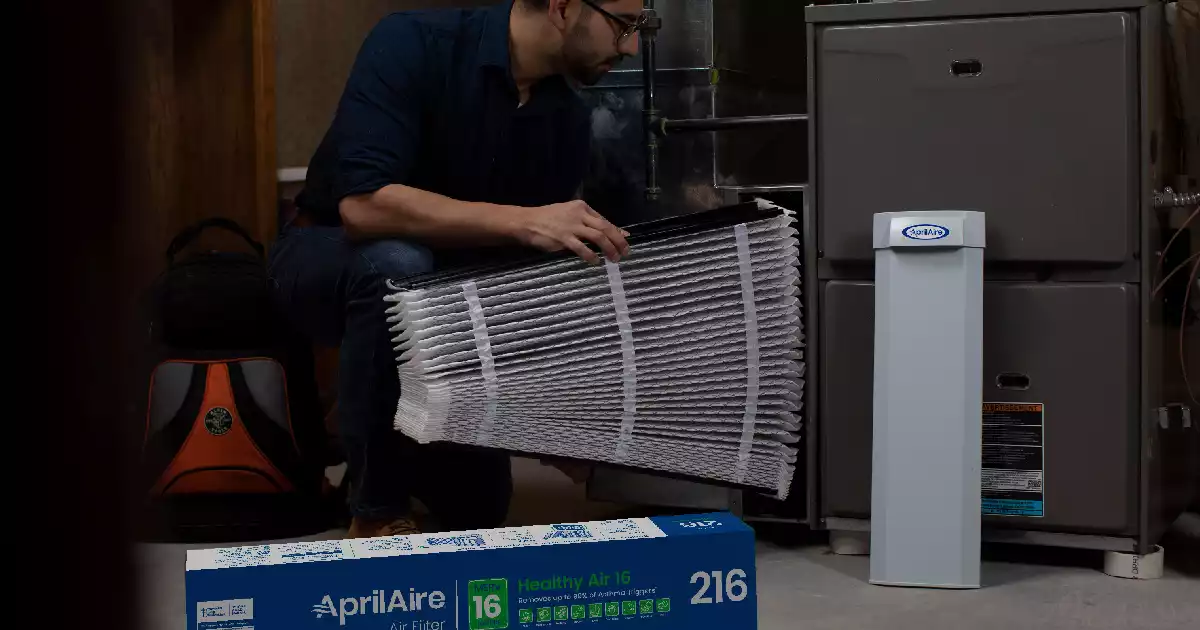How to Clean and Prep Your Air Conditioner for Summer
2 minute read
Click play to listen to the How to Clean and Prep Your Air Conditioner for the Summer article.
Don’t wait until the first hot day of the year to check on your air conditioner! A few simple steps can make sure your home’s cooling system is clean and in good working order so it’s ready to go for anything summer has in store.
1. Clean the Exterior
Your central air conditioning unit uses an outdoor condenser and compressor, which remove hot air and return cooled air. Because it’s located outside, leaves, dirt, and other debris can impact the unit whether it was covered or not during the off months.
Take care to remove any accumulated debris, and inspect the exterior coils to ensure they’re clean and not bent.
2. Check the Filter
Replacing air filters on your central air conditioning unit at least once a year is essential in protecting both the air you’re breathing and the performance of your AC unit.
Filters are often located in the indoor air handler unit, and may also be in the vents throughout your home. Inspect them to check for dust and debris, and replace them when necessary. A clogged filter can introduce allergens into the home and make your air conditioner work harder to blow air.
3. Test Functionality
Do a short test run with your air conditioner in the spring before you’ll need it to work throughout the summer. Power on the unit and check to see that it’s cooling the necessary parts of your home.
If something seems to be faulty, contact a local HVAC technician to inspect and diagnose the issue. When that first heat wave rolls around, you’ll be glad you did!
4. Add a Dehumidifier
Part of getting the most performance and life out of your air conditioning system is not overtaxing it. High humidity conditions in certain regions of the country make your air conditioner work harder to cool the air. Using an AprilAire whole-house dehumidifier helps your air conditioner achieve the set temperature faster, while saving energy in the short term and avoiding the cost of replacements in the long term.
